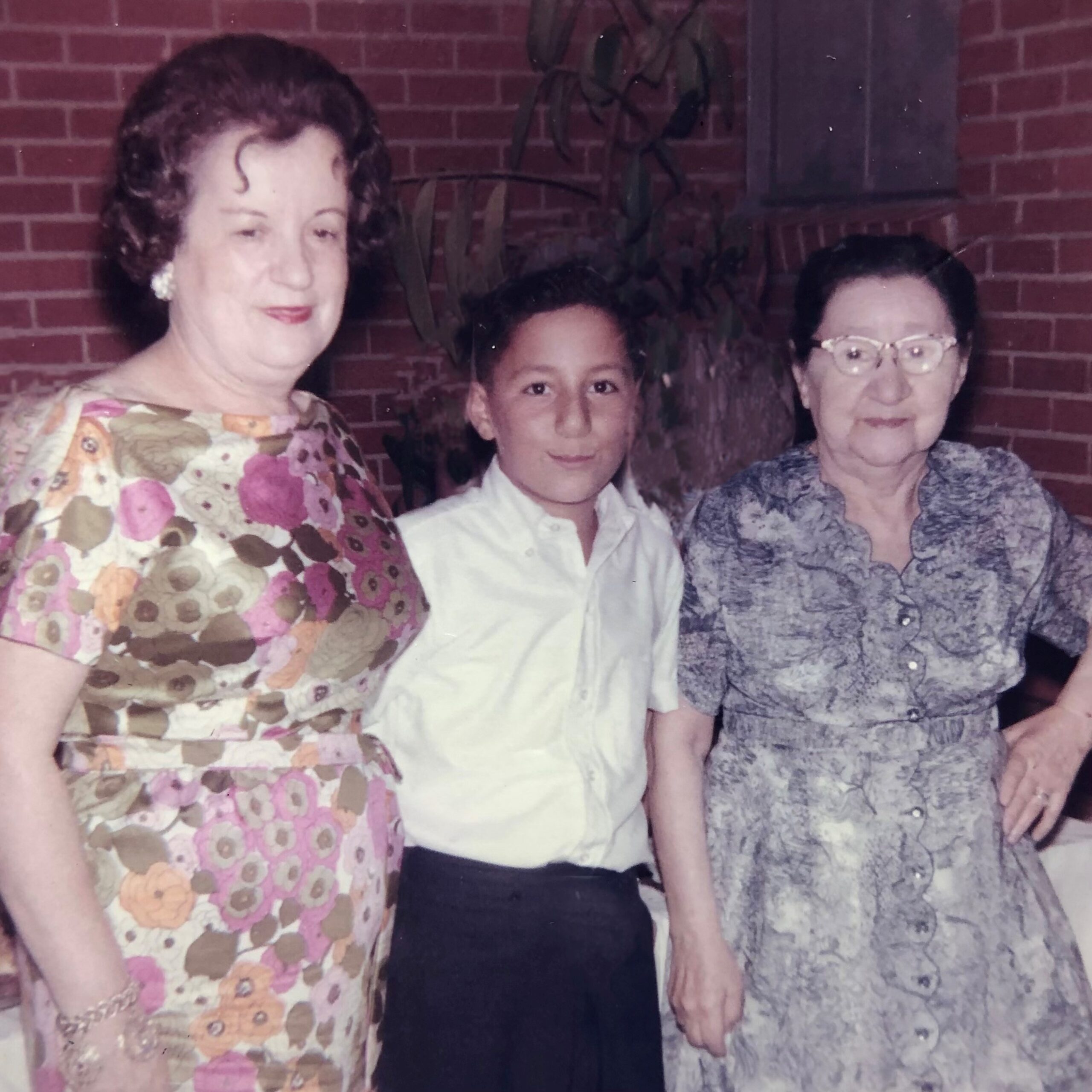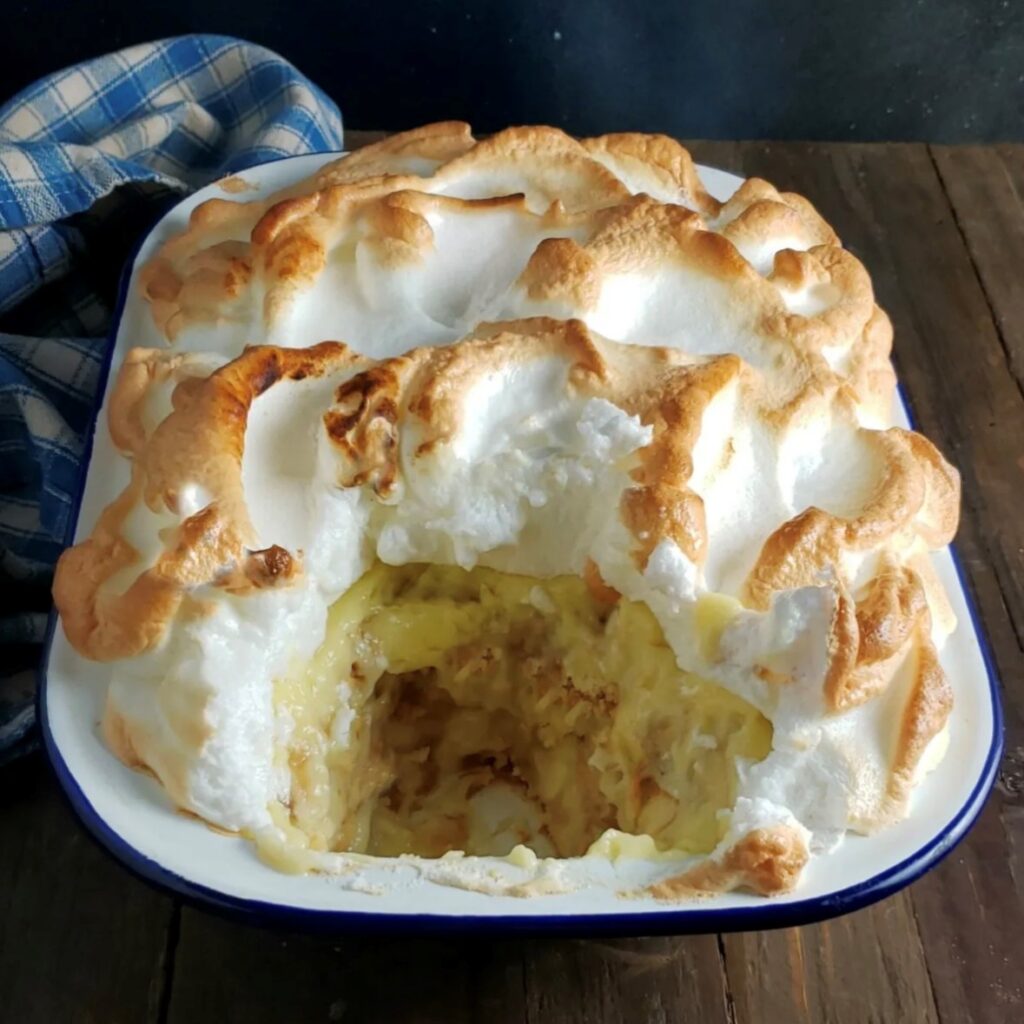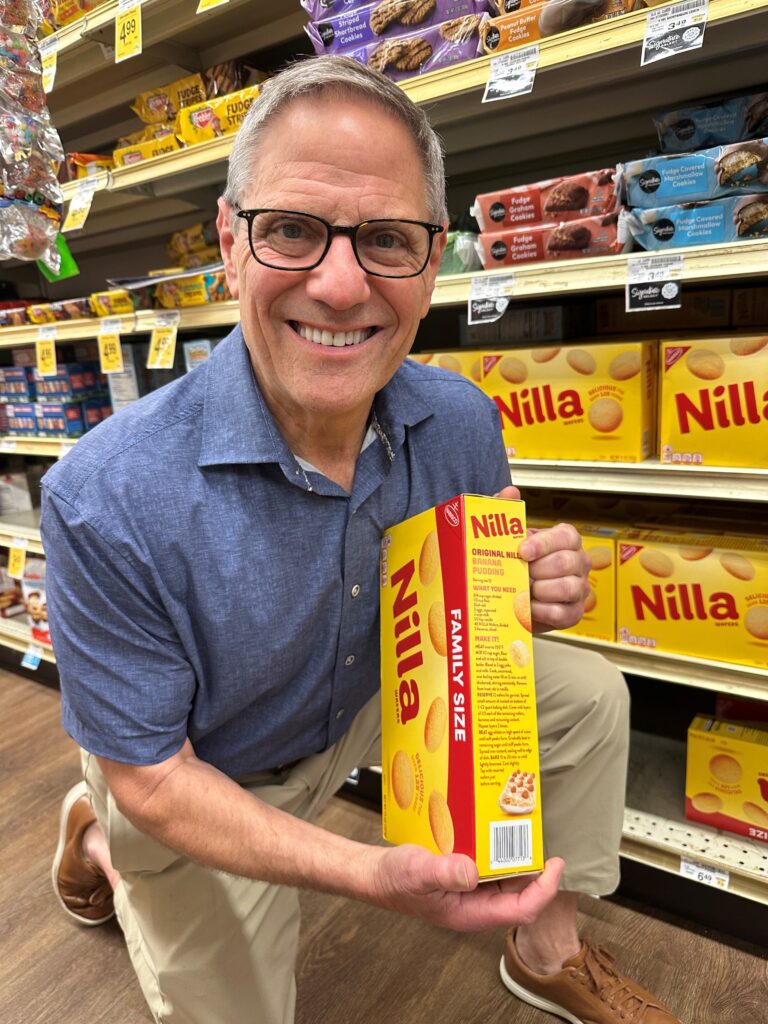How often do you encounter a smell or taste that takes you back to a time long, long ago? In building a lasting family legacy, nostalgic smells and tastes are important triggers for family memories. They conjure up people and places from the recesses of our minds. Aromas become symbols of love, legacy, and tradition, woven into the fabric of our heritage. I’ll share some of the long-ago dishes that are activating my senses, along with memories of the room where it happened. Close your eyes, and you will likely come up with some of your own.
I wrote a recent post about my nursery school afternoons with my father’s mother, “Memories of My Bubbie.” Our ritual of watching “As the World Turns” was always preceded by chicken and rice soup, the same lunch every day. The salty smell and warm taste of that “chicken soup for the soul” still takes me back to that kitchen table with Bubbie and her sister Becky. I can even hear their Yiddish conversation, spoken in heavy old-country accents. My mind then turns to Bubbie’s Passover tzimmes, carrots baked with kneidlach (a matzo ball mixture), and I’m transported back to our Seder table. (Can you picture the smile on my face as I write this?)
Our daughter Lizzy was home visiting us and asked for stories about my other grandmother, whom we called Mama Pauline. Lizzy (Elizabeth Pauline) is named after her, and they share the same Hebrew name Pesha Ita. Naturally, Lizzy was eager to learn more about her namesake. We spent a month every summer visiting my mother’s parents Pauline and Meyer Oberstein in Montgomery, Alabama. Funny, but my memories all started in Mama Pauline’s kitchen. When we arrived, a banana pudding was always awaiting us in the Frigidaire “ice box.” I have a lot to say about that banana pudding, as it wasn’t the phony kind you normally get today with instant vanilla pudding and Cool Whip. It started by separating eggs (they were brown, and some had a double yolk). Each egg was broken one-by-one into an empty bowl, in case there was blood in the yolk making it non-kosher. You didn’t want to contaminate the whole mixture. The yolks went into a vanilla custard, slowly stirred in a double boiler. The egg whites were stiffly beaten into a meringue. After we rapidly devoured the pudding that greeted our arrival, I would join Mama Pauline in the early morning to assemble another. She said there were exactly the right number of vanilla wafers in the box to complete her creation. One time, we were short one cookie, and she accused my brother Irwin of “snitching” one. He probably did.
Banana pudding is a dairy dessert, as it contains milk. Therefore, under the laws of kashrut (eating kosher), we’d have to wait six hours after eating meat before we were allowed to eat a dairy dessert. (You could get around that by eating dessert first; never a bad idea.) The Oberstein tradition was to eat a big lunch with meat (“fleish,” called a “fleishig lunch”), and a lighter dairy dinner (called a “milchig dinner”). That way, we could retire after dinner to the front porch “breezeway” for our banana pudding, served in red and clear glass footed dessert bowls). The house wasn’t air conditioned, so we would search anywhere for a breeze. Sometimes we found it in the backyard under the weeping willow tree, where we’d each enjoy a half cantaloupe filled with a scoop of Foremost vanilla ice cream that Daddy Meyer brought home from Meyer Oberstein Grocery. The memories always seem to come back to food.
So here I am, at age 71, suddenly a little boy back in the kitchen at 3200 South Perry, down the street from the Alabama Governor’s Mansion. The memories keep rushing back. Thursday’s lunch was always “kekletten,” burgers made of ground beef mixed with eggs, matzo meal, onions, and garlic, fried on top of the stove. The smell of frying onions still tops the list as my favorite aroma, and research reveals that I’m not alone. Another favorite was the cinnamon smell when Mama Pauline baked her famous sour cream coffee cake. I also remember that kitchen on Shabbat when no cooking was allowed, though there was a hot plate “blech” on one low burner where you could warm up something without having to turn on the stove. Although most of the cooking involved making traditional Jewish dishes, Mama Pauline did let some of the Deep South rub off on her, introducing me to grits (still a favorite of mine, and I literally think of her with every loving spoonful).
My list of family food memories goes on and on, drawing me closer to my ancestors. I suspect the same is true for you. We draw so much comfort from that connection to the past. Professor Catherine Sanderson’s blog post of July 17, 2025, “The Often Overlooked Perks of Nostalgia” concurs: “Reflecting on nostalgic memories may be particularly beneficial during trying times. One survey of over 2,000 American adults revealed that nostalgic memories are a source of comfort and inspiration when life is uncertain or difficult. These memories may feel so good precisely because they remind us of what is most important in our lives.”
Whether in good times or bad, nostalgic smells and tastes soothe us. As we work to preserve our family history, let’s be sure to preserve those wonderful food memories. Those recipes feed our family’s soul and help us weave together a rich family tapestry to blanket future generations with love.
Marvin E. Blum

Marvin Blum’s brother Irwin with grandmothers Pauline Oberstein (left) and Nettie Blum. Pauline was one wafer short making her banana pudding and suspected Irwin of “snitching” one. Looks to me like he’s guilty.


